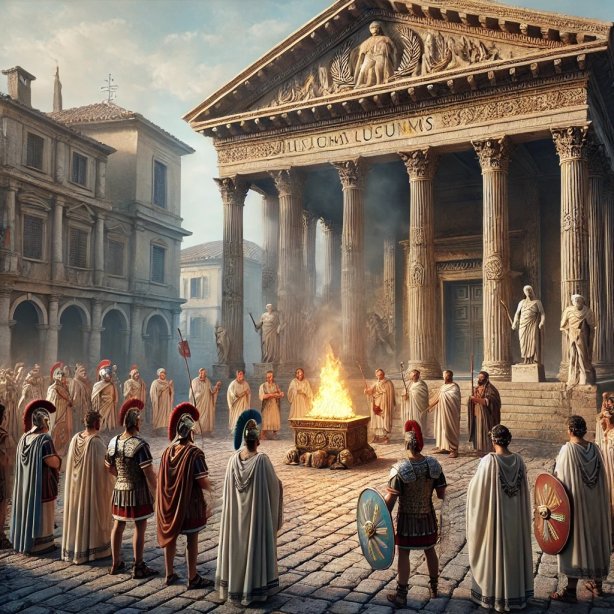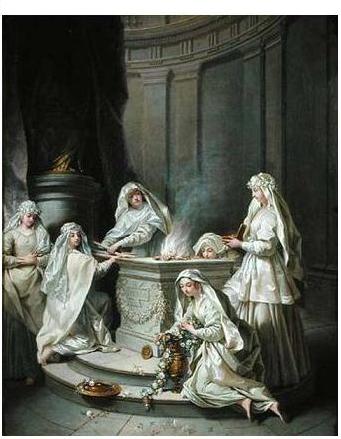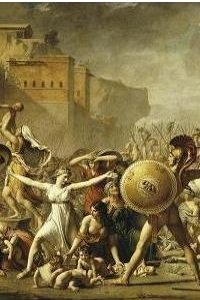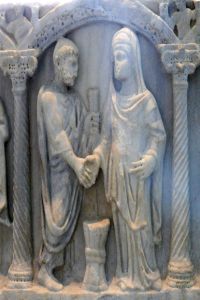Ancient Roman Religion : Rituals, Tolerance, and the Foundation of Roman Identity
Updated on: 11 November 2024Reading time: 4 minutes
The Roman religion was a polytheistic system deeply influenced by ancient Greek and Etruscan religions. Each god served a specific function; for instance, Apollo was the god of healing, while Jupiter represented authority and rule. Roman religion included numerous gods, with even foreign deities from the provinces being respected and incorporated. Due to this extensive pantheon, there was a notable degree of religious tolerance and minimal religious conflict—exceptions being with Judaism, due to its strict monotheism, and later with Christianity. Despite Rome’s general tolerance, openly rejecting the state religion was considered treason and could be punishable by death.
In Rome, there was no separation between church and state. The second king, Numa Pompilius, established Rome’s primary religious institutions and organized all religious ceremonies. Priesthood roles were often held by upper-class individuals in governmental positions. This would be akin to a President or high-ranking official today holding the role of Pope or a similar position. For example, Julius Caesar was Pontifex Maximus, the highest religious authority. During the Empire, public vows were even made to the emperor himself.

|
Roman religion was largely based on the observance of rituals and traditions rather than personal faith. It emphasized respect for ancestral customs, or mos maiorum, and the principle of do ut des—giving offerings to the gods through prayer, ritual, and sacrifice to receive divine favour in return. Prayer was essential; a sacrifice could not occur without it, and exact phrasing was necessary for each prayer, depending on the deity addressed. Even private prayers at home had to be recited word for word, and any mistakes in ritual required the entire ceremony or festival to be restarted.
Temples were built in sacred locations or to commemorate events, like military victories, in gratitude to specific gods. These temples contained a central room (cella) with a statue of the deity and a small altar for incense or libations. Temples might also hold treasures and artworks, often war spoils dedicated to the god. Outside the temple was a larger altar for animal sacrifices.
Religion was embedded in daily life for the average Roman. Every household had a shrine where the family would pray, make offerings, or perform libations. Neighbourhood shrines and sacred spaces in both urban and rural areas allowed Romans additional places for worship. The Roman calendar was filled with religious observances, including around 40 festivals each year, some lasting multiple days. For example, Compitalia was a festival honouring the Lares Compitales, household deities of crossroads (compitum in Latin means a crossroad). Each household placed a statue of the goddess Mania at their door, hung woolen figures to appease the goddess and the Lares, and offered sacrifices where roads intersected—often honey cakes.

|
Various priestly roles existed. The augurs practiced augury, reading the gods’ will by observing bird patterns and sounds, which influenced both citizens and officials on matters like war and commerce. The pontifex was a member of the esteemed College of Pontiffs.
Women also had distinct religious roles; certain rituals were exclusively female, including those led by the Vestal Virgins, a priesthood of six women devoted to Vesta, goddess of the hearth and the state’s vital flame. Vestals enjoyed high status, privileges, and political influence. They were required to remain virgins, and those who broke this vow lost their sacred status and were punished by being buried alive.
For the upper class, religion was seen as a source of social order, as respecting traditions reinforced Roman identity and unity.
Interesting Differences Between Roman Religion and Today’s Religions
|

